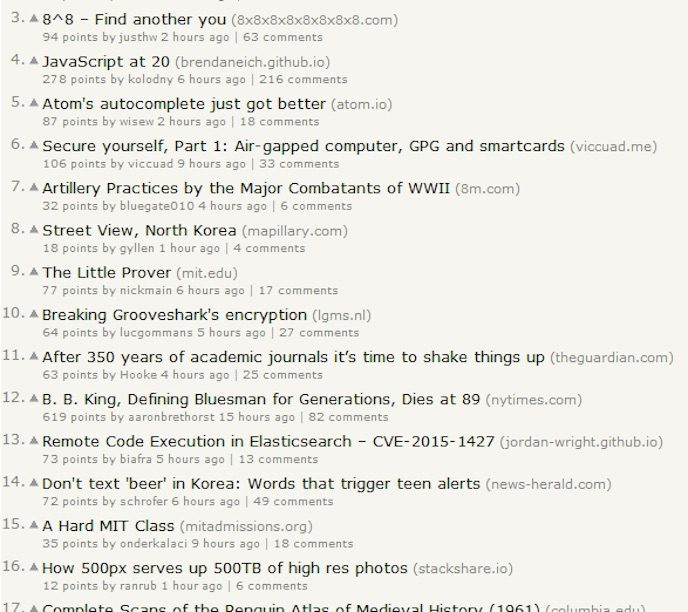Web designers know the importance of usability when building a website and these elements can never be underestimated. When you design a website that’s easy to use, you are engaging customers the right way, leaving them very happy before they leave. This increases the chance of them coming back and, ultimately, your conversion rate. Over the years, research has concluded some elements are more important than others when tweaking your website for usability and it’s important you play close attention to each. Let’s look at some fundamental usability issues often made by bloggers and web developers.
Let’s get started…
Issue #1 – Tiny Clickable Areas
This is a very common mistake, especially when the areas that are tiny can be used to increase engagement. For example, I see the “comments†text very tiny and I’m surprised why designers will make this error. If the text is bigger, then visitors can click it and be taken to the relevant comment box to leave feedback. I always encourage comments on every blog because they’re great for starting a debate and increasing engagement. Here’s an example of a small comment text link from Hacker News…

Above, you can see how the link is very small, which might not be seen by many, decreasing the chance of extra comments. When designing a website, I encourage everyone to pay close attention “links†and how important they are when increasing engagement. The more important means increasing the size for greater engagement.
Issue #2 – Duplicate Title
Every page should have its own unique page title because it’s poor optimization when they match. Each title should represent the page and its content so people have a better idea of what to expect. Having duplicate titles is confusing for readers, but especially for search engines during the indexing process. Search engines might have trouble ranking the pages or even think it’s duplicate content, which can hurt your rankings.
When publishing pages, make sure each page represents the content and each has a unique “target†keyword. It’s important to perform extensive research before you publish to make sure you embed keywords that are high in demand.
Issue #3 – Skimming Content Issue
With so much information available online, it’s no wonder visitors are quick to judge. They will arrive on the page and make a quick assessment if the content will provide the information they are looking for. Many web designers and bloggers make the mistake of combining text, headings, and sub-heading into long paragraphs that’s NOT efficient for the visitor. We recommend having proper structure and dividing content properly. For example, each “target†keyword should represent its own paragraph and they should contain no more than 4 sentences each. The goal is to make it easy for visitors to skim through, finding the information they need quickly.
- Start with introduction
- Sub-headings
- Conclusion
- Short paragraphs (max 4 sentences)
- Space out the text so it’s easy to read
Issue #4 – Poor Communication
When designing a website, it’s important to keep user interaction in mind. One of the worst ways to lose loyalty and decrease engagement is NOT answering questions or feedback. This means having a system in place that alerts you when someone leaves comments, sends an email, or shares your content. Answering feedback shows you respect their opinion and this is important as many people are not beginners in the niche, but experts themselves.
When designing your website, the first thing you should do is test your comment box and contact form.
Issue #5 – Inadequate Search
As your blog will start to grow, it’s important you have a safe way to organize information. Even though you’ll have structured navigation menu, it’s important to provide an advanced search function. It should be as simple as someone typing in a keyword and relevant content showing up organized. Remember, people are in desperate need to find information so will NOT search around if they can’t find it immediately. Make sure you have a visible search function ready for your visitors. The last thing you want them to do is leave because they can’t find what they’re looking for.